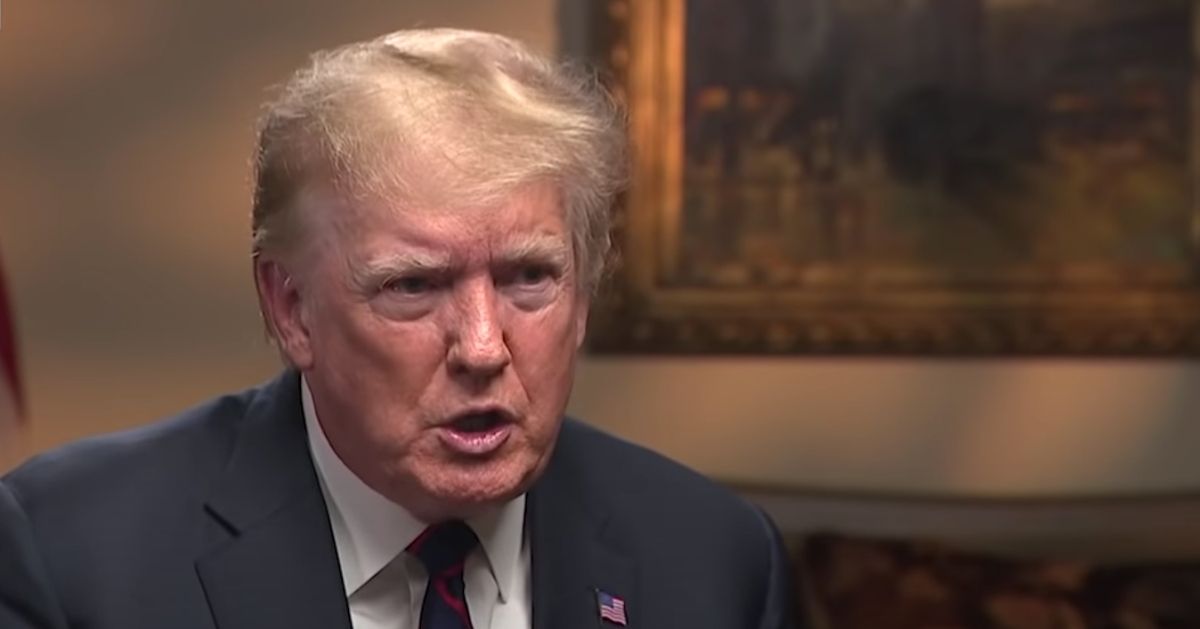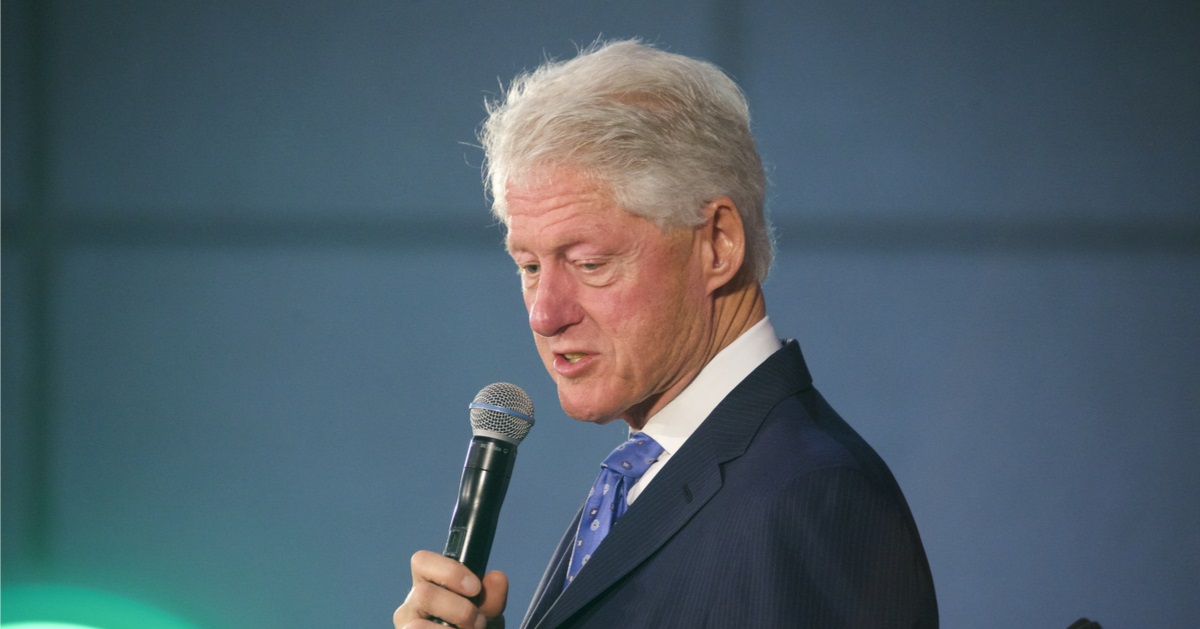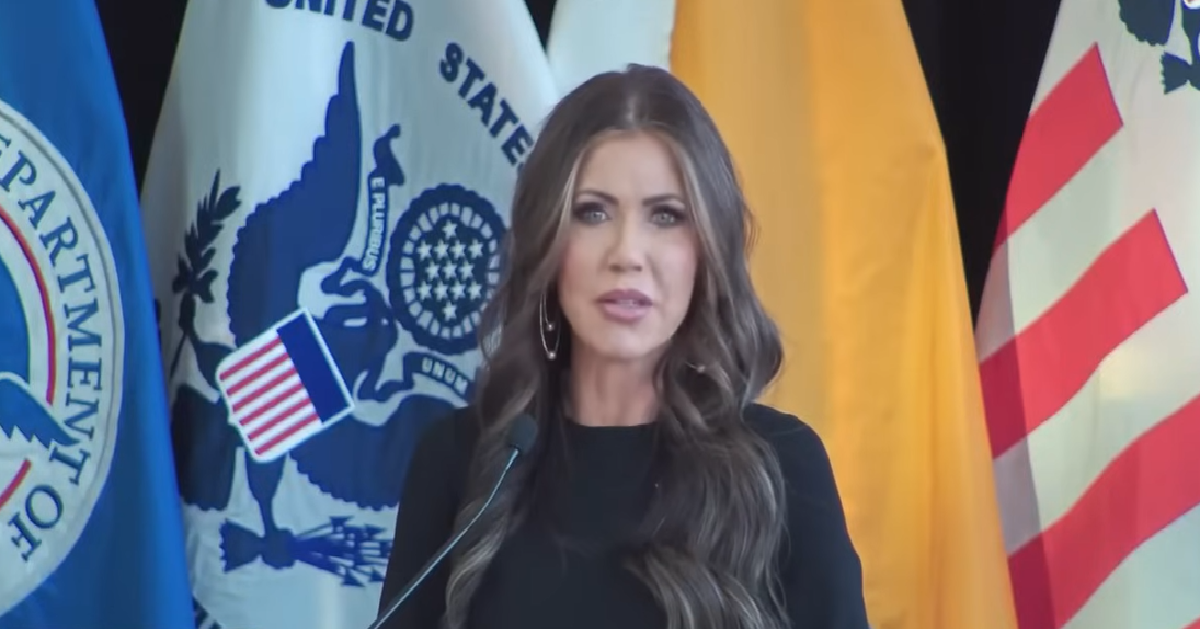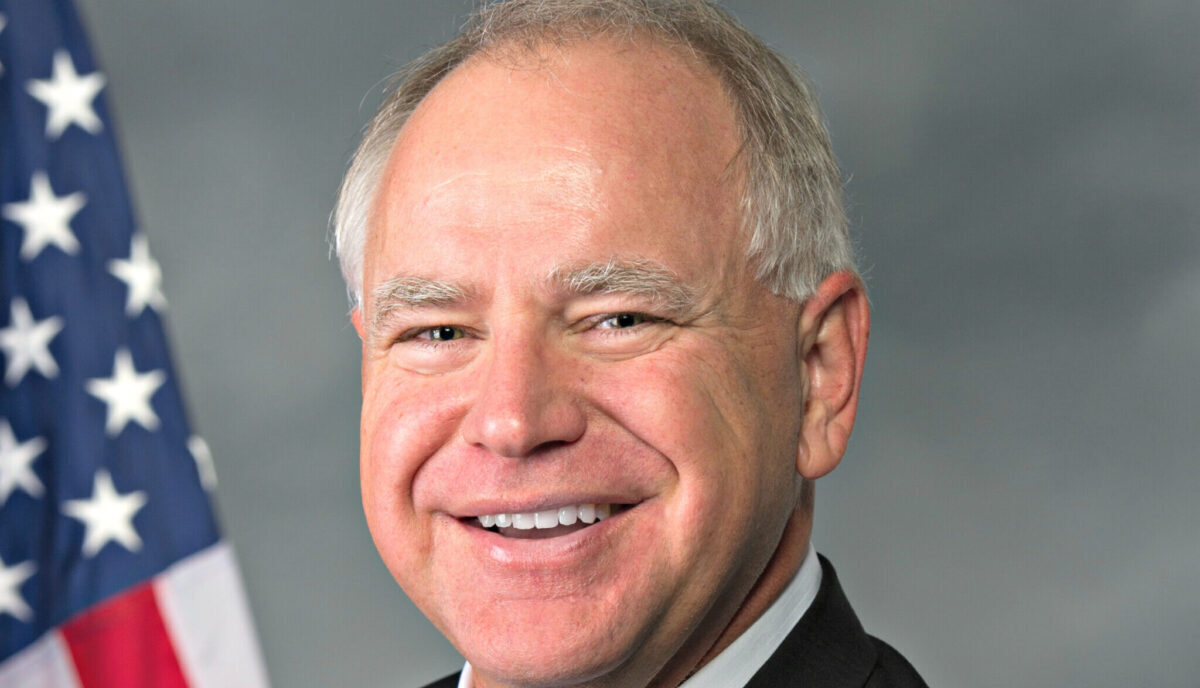DANIEL VAUGHAN: Trump Takes Aim At Supreme Court Precedent
Donald Trump fired Gwynne Wilcox, a National Labor Relations Board member appointed by Joe Biden. Democrats claim Trump is chaotic and does things randomly and without reason, but that's untrue—especially in this case. Firing Wilcox sets up a critical fight headed for the Supreme Court: Can the President remove officials from independent agencies?
The facts of this case are laid out by The Wall Street Journal. "Labor board members, who are nominated by the president and confirmed by the Senate, serve five-year terms. Under the National Labor Relations Act, the president can remove a board member 'upon notice and hearing, for neglect of duty or malfeasance in office, but for no other cause.' Wilcox, appointed by former President Joe Biden for a term that expires in 2028, is asking a judge to reinstate her."
The Supreme Court law in question dates back to Franklin D. Roosevelt's administration when he was trying to pass the New Deal early on.
Two cases are important, Humphrey's Executor and Schechter Poultry v. United States. Both were decided on the same day, May 27, 1935, and were major blows to Roosevelt's plans to reinvent the federal government. The irony is that the cases said radically different things and are difficult to reconcile.
In the Humphrey's Executor case, the Supreme Court prevented Roosevelt from removing a member of the Federal Trade Commission that he opposed. The Court held that if Congress created independent agencies, members of those boards could not be removed without cause. That's what Wilcox is arguing Trump violated that case by firing her off the NLRB.
However, on the same day, Schechter Poultry v. United States held that Congress couldn't simply delegate away some of its powers. Doing so violated the separation of powers doctrine. That decision invalidated a major part of FDR's New Deal legislation and caused him to threaten to pack the Supreme Court for some time.
Jonathan Adler at Volokh Conspiracy notes the obvious, "The decision to remove NLRB Chair Gwynne Wilcox...would seem to put Humphrey's Executor in the crosshairs."
Trump's decision is a direct attempt to challenge nearly a century of Supreme Court case law. That's not Trump being reckless; his legal team is noting the trend in the Supreme Court.
Law professor Josh Blackman writes, "In a series of cases, stretching from Free Enterprise Fund (2010) to Seila Law v. CFPB (2020), the Court chipped away at Humphrey's Executor, but did not overrule the precedent. In the wake of Seila Law, the Court has not ventured further, finding various ways to avoid the issue. But that avoidance is no longer possible."
Humphrey's Executor is also of huge importance to Justice Brett Kavanaugh. The Wall Street Journal wrote in 2018, during his confirmation hearings, "Judge Brett Kavanaugh, now President Trump's nominee to the Supreme Court, has signaled he would like to overturn the precedent set in the case, Humphrey's Executor v. U.S."
The Journal added, "In a 2008 dissent, [Kavanaugh] acknowledged that lower courts had no power to overrule a Supreme Court precedent, but argued that judges shouldn't extend the Humphrey case's reasoning to panels structured differently than the FTC, such as the Public Company Accounting Oversight Board, an agency Congress created in the Sarbanes-Oxley Act to prevent corporate accounting scandals."
It's hard to view Trump's decision to fire Gwynne Wilcox from the NLRB as anything other than a direct challenge to this precedent. Donald Trump seeking to finally fix a problem that the great Antonin Scalia began hammering home in 1988 in his Morrison dissent.
Given what we've seen with the Supreme Court rolling back the excesses of the administrative state by overruling Chevron and chipping away at "independent" agencies to evade political accountability, it's not a leap to think that Humphrey's Executor is next.
It's an early calculated move by Trump in his second term and could pay big dividends if he succeeds. If he wins the case, Trump could then remove Biden appointees across the board in nearly any agency. It would bring all the "independent"agencies under the executive branch together and force them to be accountable.
This will mark another early legal test for the Trump team. They're pushing Democrats back on many fronts, including one nearly century-old legal precedent. In this instance, the American political process would be best served by Trump winning at the Supreme Court.
It's time to reverse Humphrey's Executor and get power back into the political branches.






